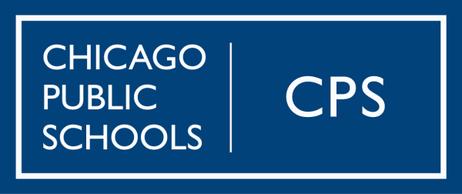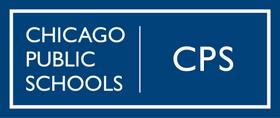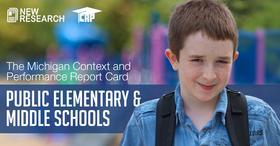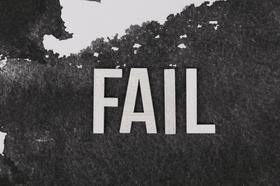Chicago Public Schools appears to spend plenty of time in the headlines, and much of the news that comes out of the windy city is less than stellar for the school system. However, in the midst of school closings, poor test scores, and teachers’ strikes, a large school district with a long and illustrious history is found. The third-largest school district in the country also boasts one of the most colorful histories, dating all the way back to the middle of the 19th century. Today, the school system is a robust one, offering a wealth of services and opportunities for students, parents, and community members alike.
Early Years of CPS
According to the Encyclopedia of Chicago, the first public schools in the Chicago area were established in the 1830s, when the city was still a small settlement in the new state of Illinois. Private schools had existed prior to this time, but the creation of regional schools allowed students from all backgrounds to get an education at last. The earliest schools were profoundly primitive, and although funding from the state was earmarked for education, it did not always get to the student populations it was designed to serve. Most of the “schools” of that era met in buildings allotted for other purposes, such as stores and homes.
19th Century CPS
Throughout the 19th century, Chicago’s public school system grew and evolved, with around 250,000 students in city schools by the end of the century. Schools suffered from overcrowding, with students having to share desks and cramped quarters that were nearly literally bursting at the seams with huge classes of students. School board members struggled to develop a curriculum that would raise instruction quality for the nearly 5,000 teachers working in the schools at that time. Attendance records were kept, corporal punishment was eliminated, and the first teachers union in the city was formed. The Chicago Teachers Union is now one of the most influential unions of its kind in the country.
20th Century CPS
Throughout the 20th century, a variety of issues continued to plague the Chicago school system. Mismanagement of funds, due in part to a withdrawal of support from the state, led to a financial crisis for the schools during the Great Depression. While the schools began a road to recovery in the 1940s, reports of corruption began to surface. These rumors continued to hound the school system for some time, even as the city’s secondary schools began to develop into institutions promoting education and work options after high school.
At the beginning of the 21st century, changes that have taken place in CPS throughout the past few decades are starting to become standard features for the school. Still, there is much work to do to bring Chicago schools on par with many of the school districts around the country. As the district continues to work through issues that have arisen in recent years, the hope is that the work will produce a school system that is cohesive, effective, and beneficial to all students.
Chicago Public Schools Today
Today, the Chicago Public Schools system serves more than 404,000 students in 681 schools, according to the CPS website. That number includes 96 charter schools, 472 elementary schools, and 106 high schools. The last seven campuses are categorized as contract schools, which are public schools operated by private entities, such as a university or community organization.
Demographics of CPS
The student body in CPS is a diverse one, made up of many more African-American and Latino students than white and Asian students. Approximately 87 percent of the students in CPS come from low-income families, a fact that poses unique challenges for the entire school system. There are around 40,000 employees working for CPS, which includes nearly 36,000 working in the public schools and the rest employed in citywide and regional positions. Students in the district are assigned a school based on location, although students may apply for schools outside their boundaries if there is space available in those schools.
Governance of CPS
Chicago Public Schools feature a unique governance structure from other districts around the country, according to Wikipedia. Instead of oversight by a superintendent, CPS is overseen by a chief executive officer appointed by the mayor. The mayor also appoints members of the school board, making CPS fully accountable to the mayor of the city. Currently, Mayor Rahm Emanuel oversees CPS and was directly involved in recent labor disputes that culminated into a teacher strike.
Emanuel’s chief executive officer Jean-Claude Brizard recently resigned from the post in the aftermath of the teacher strike, and Emanuel quickly appointed Barbara Byrd-Bennett to take his place. Byrd-Bennett told the Chicago Sun-Times that she plans to be in Chicago for a minimum of three to five years since that is typically how long it takes to turn around a failing school system. The new CEO of CPS will be working directly with union president Karen Lewis on issues still outstanding from the strike earlier this year.
Current Issues Facing CPS
At the beginning of the current school year, CPS teachers went on a nine-day strike in protest of many of the issues currently facing the Chicago school district. Some of the factors that led up to the strike were teacher pay increases, length of the school day, and teacher evaluations. The teachers union also argued in favor of recall rights, which gave priority in the hiring process to CPS teachers who had been previously laid off. An agreement was reached between the union and Emanuel so teachers could return to the classroom. However, the issues for the district are far from resolved, and educators and lawmakers will need to continue to work together if CPS is to meet its full potential.
Questions? Contact us on Facebook. @ publicschoolreview















